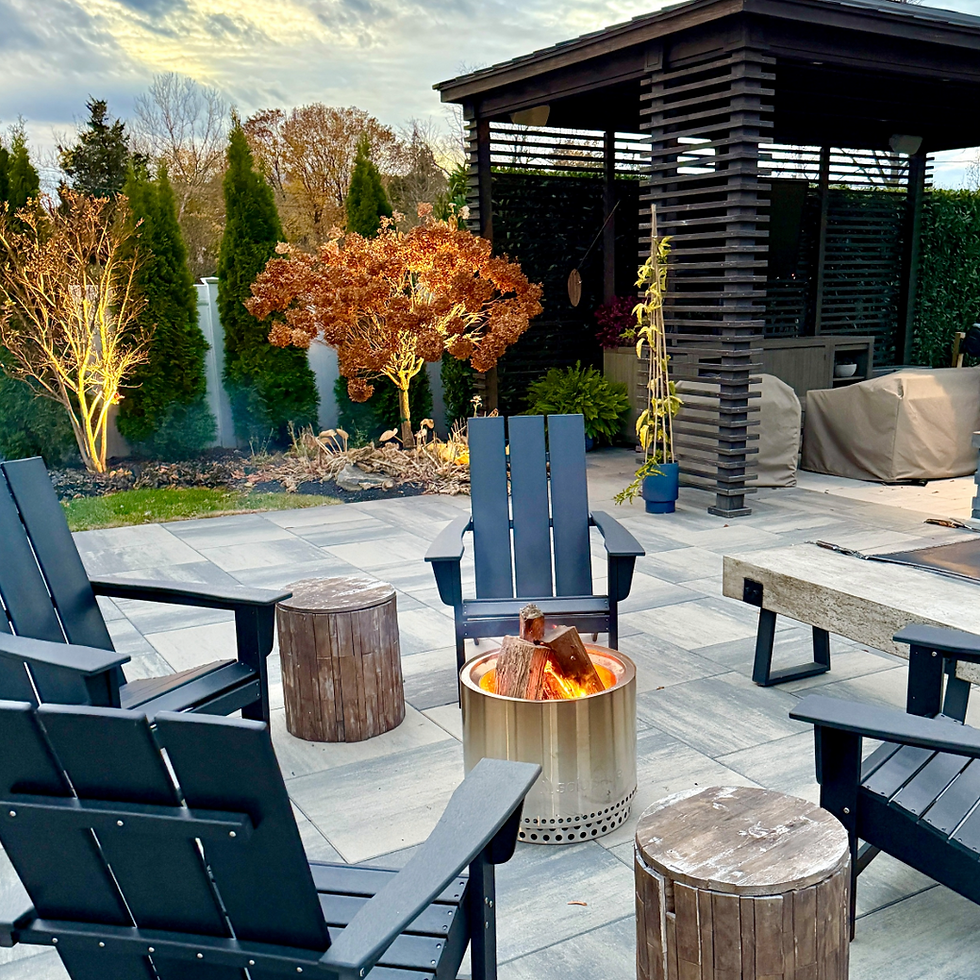How and When to Plant Spring-Blooming Bulbs
- Rebekah
- Sep 21, 2023
- 2 min read
Updated: Jan 9
Spring beauty starts this autumn! By spending just a little time planting bulbs this fall, you're setting the stage for a glorious gift this spring! Spring bulbs are a delight to all who see them.

There are many types of bulbs on the market but they are not all created the same. Typically, the larger the bulb, the bigger and more numerous the flowers that will grow from it. Bulbs sold individually, generally speaking, are larger and many times higher quality than those sold in mesh bags. If you purchase large bulbs individually, know that you may need less than you would normally purchase in a package or mesh bag because they are usually larger and produce more flowers. When buying bulbs, look for bulbs that are firm and do not look to be damaged.

Where to Plant Bulbs:
Plant in an area where, this spring, you needed a little extra something. Most bulbs do best in mostly to full-sun locations.
Another tip is to plant bulbs with your fall Pansies. As shown above, bulbs planted intermixed with Pansies look stunning in spring.
Do you have squirrels or other critters that love to dig up your bulbs? When planting your bulbs, lay a large piece of chicken wire over that area before covering them with dirt. The animals won't be able to dig through it easily and your bulbs will bloom through the holes of the chicken wire.
Try grouping at least six to nine larger bulbs, like tulips and daffodils, and 15 to 20 smaller bulbs (like squills and crocus together) for greater impact.
.

When to Plant Bulbs:
Usually, early/mid-October in middle Tennessee is a great time to plant spring-blooming bulbs. Daytime temps need to be a little cooler than they are in early/mid-September.
If the ground hasn't frozen, you can plant bulbs up until the first of January. Most spring bulbs need to be in the ground with temperatures of 40 degrees or colder for at least 12 weeks.

How to Plant Bulbs:
The planting depth of a bulb generally depends on the size of the bulb. A good rule of thumb is that the depth you plant should be 3x the diameter of the bulb. However, planting depths can vary by variety. Our bulb planting guide is very helpful!
If you're just planting a few bulbs, you may want to just dig individual holes for each one with a trowel or shovel. If you're planting a large bed full of bulbs, you'll find it easier to dig up the entire area.
After planting your bulbs, add an 8-8-8 fertilizer and replace the soil you have dug up. Water thoroughly and add mulch on top to insulate your bulbs further for winter.

One Final (Simple but Big) Tip:
Keep a list of the bulbs you are planting, their height, color, location, and where you bought them. This will come in handy next year when you really love a certain flower but cannot remember what it was or where it came from.



